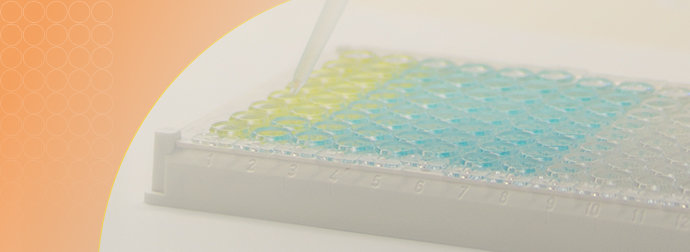
Recent news in Food & Feed Analysis
- Home
- /
- Facts you need to...
Facts you need to know about ELISA for food analysis

ELISA is nowadays one the most used methods in food analysis. ELISA’s are used for mycotoxin testing, allergens, antibiotics, vitamins, pathogens – just to name a few. When you use ELISA for food analysis there are some important aspects you should keep an eye on. We collected the most important for you.
A comprehensive overview of how to use ELISA for food analysis
The Good ELISA Practice is an extensive overview for both new and experienced users. The manual contains three chapters:
- Chapter 1: Introduction and basic facts of the ELISA principle. What ELISA formats do exist, which components are used and what equipment is necessary or helpful.
- Chapter 2: Sample preparation, pipetting techniques and critical factors for obtaining the correct result. Storage conditions, temperature effects, the importance of washing.
- Chapter 3: Data evaluation and result interpretation. Limit of detection and limit of quantification, trueness and recovery.
We hope this document will help you implementing ELISA for food analysis in your laboratory or answer questions you might have using one of our RIDASCREEN® ELISA’s.
Interested to learn more?
Would you like to receive your own copy of this ELISA for food analysis manual? You can download your free copy of the Good ELISA Practice manual below. If you would like to know more or have any comments for us, please don’t hesitate to contact us! Or join us at one of our “Analysts Workshops” to get more in depth information, to network with colleagues and get hands-on training.
